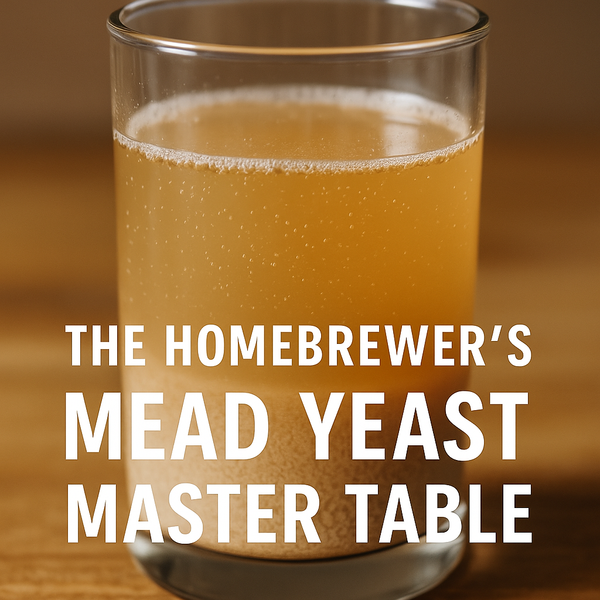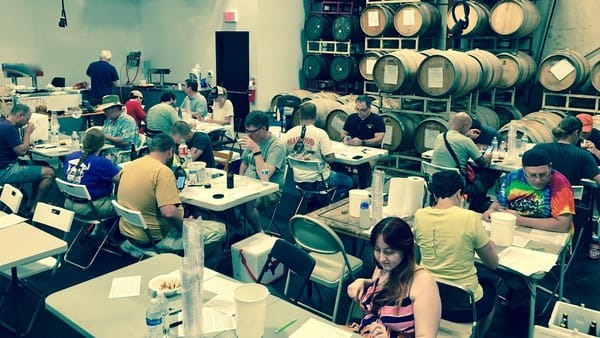Please don't shoot the refractometer

I use a refractometer(s) almost exclusively in my brewery. Now first, I realize I am giving up some precision, which tends to go against my personal philosophy, but please allow me to explain. I am greedy.
Using a hydrometer consumes wort. That is about a pint of wort that should be in the fermenter, unexposed to potential and various infectious hazards, and particularly to be consumed by the said brewer - ME. I do not find un-fermented wort at all pleasant, especially when loaded with hop oils. However I do taste my wort, but usually the dregs from a pipette after checking my FG (or other steps along the way). IE - I am willing to sacrifice about 2-4 ml of wort, not 1 pint.
That said, I have calibrated my refractometers against a known wort (1.040 starter with DME, confirmed with hydrometer). I have also calibrated with distilled water for a perfect 1.000 gravity. I have NOT tried to reconcile the SG side of the scale on my - and record and convert the BRIX readings. That said, I was reading on http://seanterrill.com/ and realized that I was not accounting for any differences between wine must (simple sucrose) and beer wort (maltose, etc.). He has a calculator and some in-depth statistical analysis. AND there is a clear difference between what is calculated in BeerSmith 2.0 and Sean's calculator. So going through some notes, I am picking up a few gravity points, especially in higher gravity worts that HELP my mash efficiency a bit. Still a lot of work to do there.
Anyway - I encourage the homebrewer to spend some time learning to properly use the tools available - whether that is a hydrometer, refractometer, Ph meter or other measurements. Heck, even finding a properly calibrated pitcher is not that easy!




